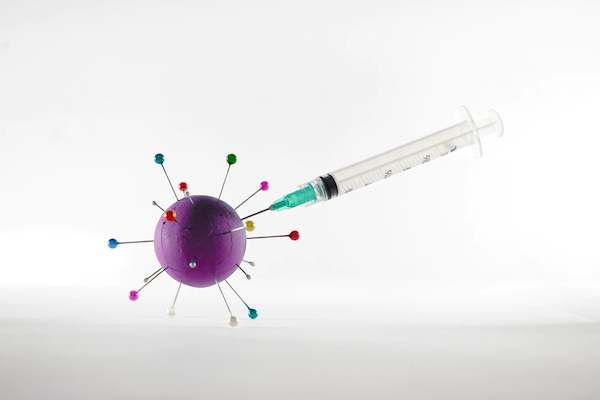Sports and athleticism sometimes have a tenuous relationship. Sure, there are the freak athletes who dominate their sport: Bo Jackson, Deion Sanders, and Jim Thorpe come to mind, each two-sport stars. But then there are the players who aren’t physical specimens that rise to the top of their profession. Thirty-seven place kickers stand atop the NFL’s all-time scoring leaderboard before you find a player who punched it into the endzone rather than kicked it. Place kickers aren’t usually described as freak athletes, and they’re certainly not what sells tickets. Baseball players are often mocked for not possessing the superhuman physique we’ve come to expect of professional ballplayers. This disconnect between expectation and reality isn’t just a sports phenomenon.
The pharmaceutical industry is critical to human survival. Without medicine, many of the miracles of modern healthcare would not exist. It would follow that the most technically advanced manufacturing processes in the world drive pharma, right? Not necessarily. While the most advanced smart manufacturing technologies, often referred to as Industry 4.0, have been utilized in food & beverage, mining and metals, and more, it has yet to find widespread adoption in pharmaceutical factories. Like sports and athleticism, industry and advanced manufacturing technology haven’t always gone hand-in-hand. And it’s not for a lack of need.
Pharmaceuticals are closely and extensively regulated, of course. So much so, it can be difficult to adopt new technologies. Such change, after all, would likely lead to process revalidation, an undesirable initial result. Plants use specific kinds of equipment that require meticulous inspection, their processes validated in scrupulous detail. Despite the hurdles, smart manufacturing offers incredible upside in terms of supply chain traceability. Upside that is well worth it.
The prior generation of breakthroughs in manufacturing were centered more on the shift from mechanical technology to digital computing and communications. This current shift takes those advances a step further by adding autonomy through artificial intelligence (AI), machine learning (ML), and the internet of things (IoT). In other words, we’re now endeavoring not just to produce massive amounts of data but to digest it into smart decision-making. These autonomous systems seek to improve manufacturing processes and quality assurance to increase productivity, efficiency, and quality while reducing risk and adhering to strict regulations.
![]()
Read full post here →






